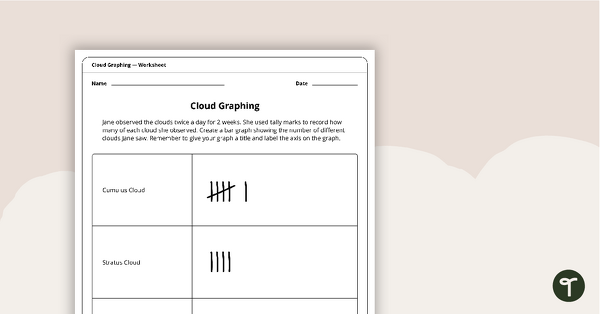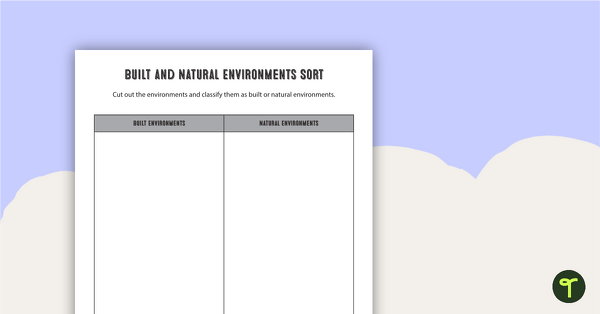Guide your students to answer vocabulary and situational questions about weathering, erosion and deposition with this set of 24 task cards.
Let’s Break It Down – Weathering, Erosion and Deposition!
How well do your students know these Earth Sciences concepts? While these processes are all related, they do have some distinct differences. Let’s break down some of the different components of the W.E.D process!
What Is Mechanical Weathering?
Mechanical weathering is when rocks break into smaller pieces because of things like hot and cold temperatures, wind and water. They’re still the same kind of rock, just in smaller bits. It’s how rocks change over time because of nature’s actions.
What Is Chemical Weathering?
Chemical weathering is when rocks have a slow chemical reaction with things such as rainwater or air, which changes their appearance and makes them weaker over time.
What Is Biological Weathering?
Biological weathering is when plants and animals work together with nature to break down rocks. It happens when tree roots push rocks apart or when tiny organisms grow on rocks and slowly change their surface.
What About Erosion and Deposition?
Don’t worry, we didn’t forget about these two! Simply put, erosion is a method of transporting weathered rock to a new location by means of water, wind, ice or gravity. When those broken bits come to rest in a new location, this is deposition!
Weathering, Deposition and Erosion for Kids!
If you are looking for a teacher-created resource to use with your 4th and 5th grade students, you have come to the right place! Teach Starter has created a set of 24 task cards to help your students solidify their understanding of weathering, erosion and deposition concepts. In addition to the question cards, you will also receive a recording sheet and an answer key for quick and easy grading!
Some of the questions you will find in this set of task cards include:
- Imagine a tall mountain with a pointed peak. How do you think this mountain’s shape might have been changed over a long time by weathering and erosion?
- Imagine a construction site where a new neighborhood is being built on a hillside. What steps could the builders take to minimize erosion and protect the hillside from soil runoff during and after construction?
- A statue made of marble slowly crumbles and loses its details due to exposure to acid rain. Is this an example of weathering, erosion or deposition?
How To Get Your Science Task Cards
If you are ready to use these question cards in your science classroom, head on over to the green download button. Here, you can find the quick-print PDF file or the editable Google Slides document. If choosing the Google Slides option, please note that you will first be prompted to make a copy of the resource to your personal drive before accessing it.
Consider printing the task cards on cardstock and laminating them to ensure they will be used for many years!
This resource was created by Cassandra Friesen, a teacher in Colorado and a Teach Starter Collaborator.
Wild About Weathering and Erosion?
If you are looking for additional materials to add to your teaching toolkit, check out some of our suggested activities below!
[resource:4959795] [resource:4963896] [resource:2651654]












0 Comments
Write a review to help other teachers and parents like yourself. If you'd like to request a change to this resource, or report an error, select the corresponding tab above.